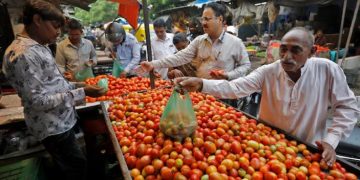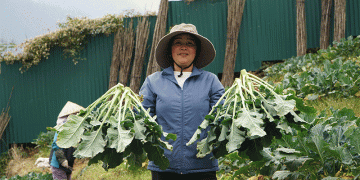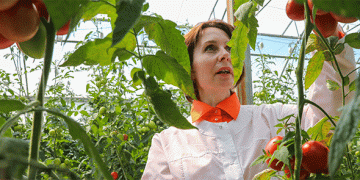Anticipated to be disclosed on May 13, the Consumer Price Index (CPI)-based retail inflation figures for April are set to reveal a substantial spike in vegetable prices, with potatoes spearheading the surge with an increase of over 12% in just one month and nearly 37% over the past year. Vegetables carry a weight of approximately 7.5% in headline retail inflation and account for over 15% of food inflation. The escalation in vegetable prices is primarily attributed to erratic weather patterns and pest invasions.
Recent data from the Price Monitoring Division of Consumer Affairs indicates that the all-India average retail prices of vegetables have risen to ₹28.2 per kg from ₹25.27 per kg a month earlier and ₹20.60 per kg a year ago. Although onion and tomato prices have slightly decreased on a monthly basis, they remain significantly higher compared to the previous year. Onion prices have decreased to ₹32.22 per kg from ₹32.53 per kg, yet they are elevated from ₹22.37 per kg a year ago. Similarly, tomato prices have marginally dropped to ₹32.22 per kg from ₹32.53 per kg a month ago but are notably higher than ₹23.46 per kg a year ago.
Concerns loom over the onion market as Rabi onion production is projected to decline to 191 lakh tonnes in the 2023-24 season, a 19% drop from the previous year’s 236 lakh tonnes. Rabi onion harvest plays a vital role in India’s onion supply, contributing 72-75% to the annual production. The Rabi crop’s superior shelf life compared to Kharif onions enables storage for extended periods, ensuring year-round onion availability. This potential scarcity may drive onion prices upward in the forthcoming months, underscoring the significance of the price trends of tomato, onion, and potato (TOP) in influencing overall food and headline inflation.
While an above-normal southwest monsoon forecast for 2024 by the India Meteorological Department (IMD) bodes well for vegetable prices, the distribution of rainfall remains a crucial factor. Elevated temperatures expected until June may sustain vegetable prices at elevated levels in the near term, according to a Crisil report. Despite these price surges in specific food items, overall inflation is projected to remain within the Reserve Bank of India’s tolerance band, attributed to moderating core inflation and deflation in fuel and light item.































